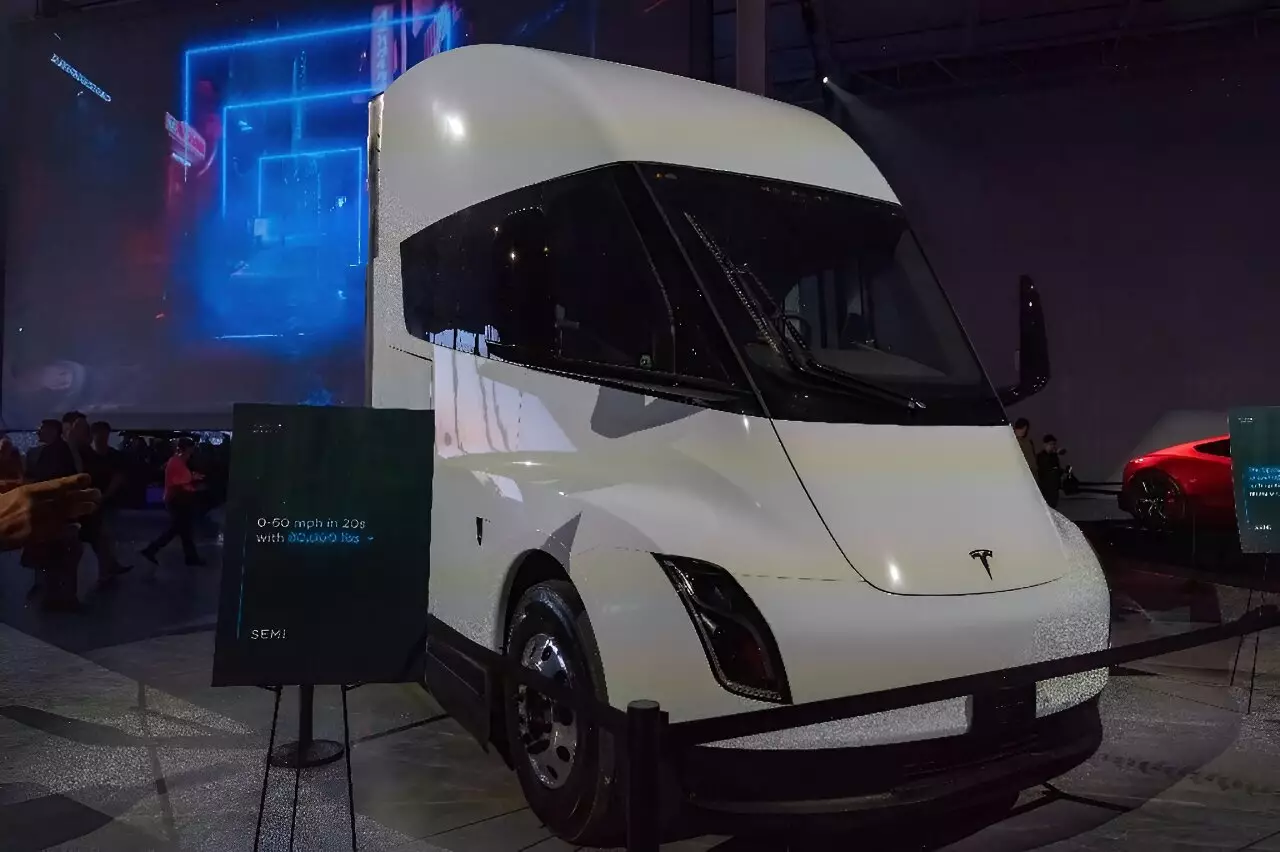In August 2023, a remarkable incident involving a Tesla Semi truck illuminated the complexities of handling electric vehicle accidents. This situation drew significant attention not only due to the vehicle’s advanced technology but also because of the unique challenges that arose during firefighting efforts. The incident unfolded in California when the truck, which was operated by a Tesla employee, veered off the road on a curve, crashing into a tree before sliding downhill and becoming lodged amongst several other trees. Fortunately, the driver emerged unscathed from this alarming encounter.
The aftermath of the crash presented an extraordinary challenge for the California firefighting teams dispatched to the scene. The National Transportation Safety Board (NTSB) reported that approximately 190,000 liters (around 50,000 gallons) of water were utilized to extinguish the flames fueled by the vehicle’s lithium-ion battery system. This particular battery technology, while revolutionary for reducing emissions in conventional vehicles, poses a heightened risk of fire in the event of a crash, complicating the firefighting response. Firefighters employed conventional firefighting tactics but also adapted to the specifics of electric vehicle hazards. An aircraft was even deployed to blanketing the area in fire retardant as a proactive measure to curb the spread of flames and protect nearby forested land, which is particularly vulnerable to wildfires in the hot and dry California summers.
The incident underscores the ongoing problem of wildfire management in California, especially when enhanced by human activity and new technologies. With forest fires becoming an annual tragedy for the state, the importance of quick and efficient emergency responses cannot be overstated. The NTSB revealed that the crash site was secured for roughly 15 hours to ensure that the electric battery had cooled sufficiently for safe recovery efforts. The timeline and labor involved highlight a pressing need for specialized training for firefighters in dealing with electric vehicle accidents and the unique challenges they present to fire management and environmental safety.
Future Implications for Tesla and Electric Vehicle Safety
In the wake of this incident, questions emerge regarding the safety protocols in place for electric vehicles like the Tesla Semi. As these innovative designs become more common on the roads, the potential for accidents—and the ensuing firefighting complexities—demands increased attention from manufacturers and regulators alike. As stated by Tesla’s CEO, Elon Musk, mass production of the Semis is projected to ramp up by the end of 2025. Still, the recent incident acts as a vital reminder of the responsibility that accompanies this technological advancement. The intersection of electric vehicle technology and public safety will need ongoing refinement as communities adapt to the increased presence of such vehicles.
As incidents involving electric vehicles become more prevalent, enhancements in emergency protocols and public awareness will be crucial to ensuring safety for both drivers and the environment. The challenges faced in California serve as a poignant example of the evolving narrative surrounding electric vehicles and the necessary precautions required to address their unique hazards.


Leave a Reply